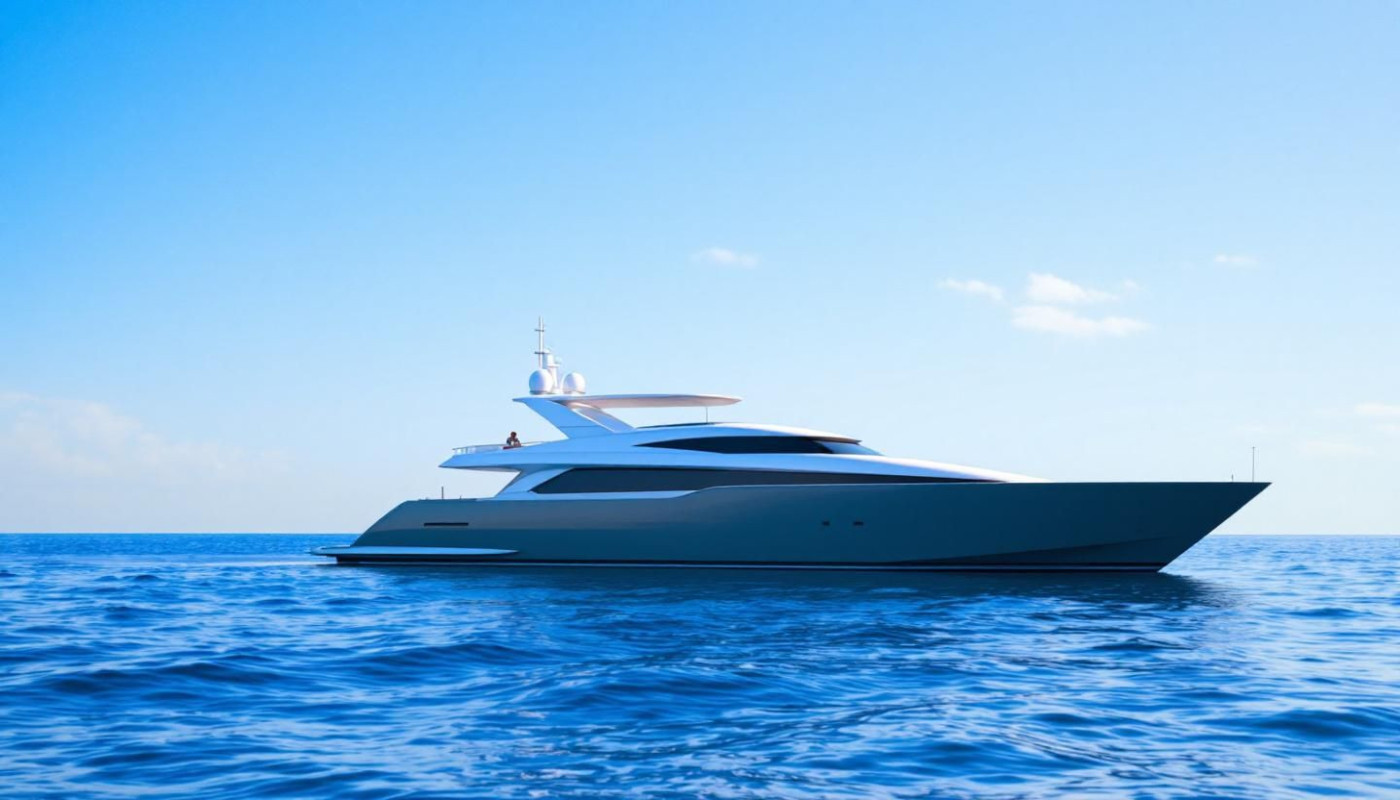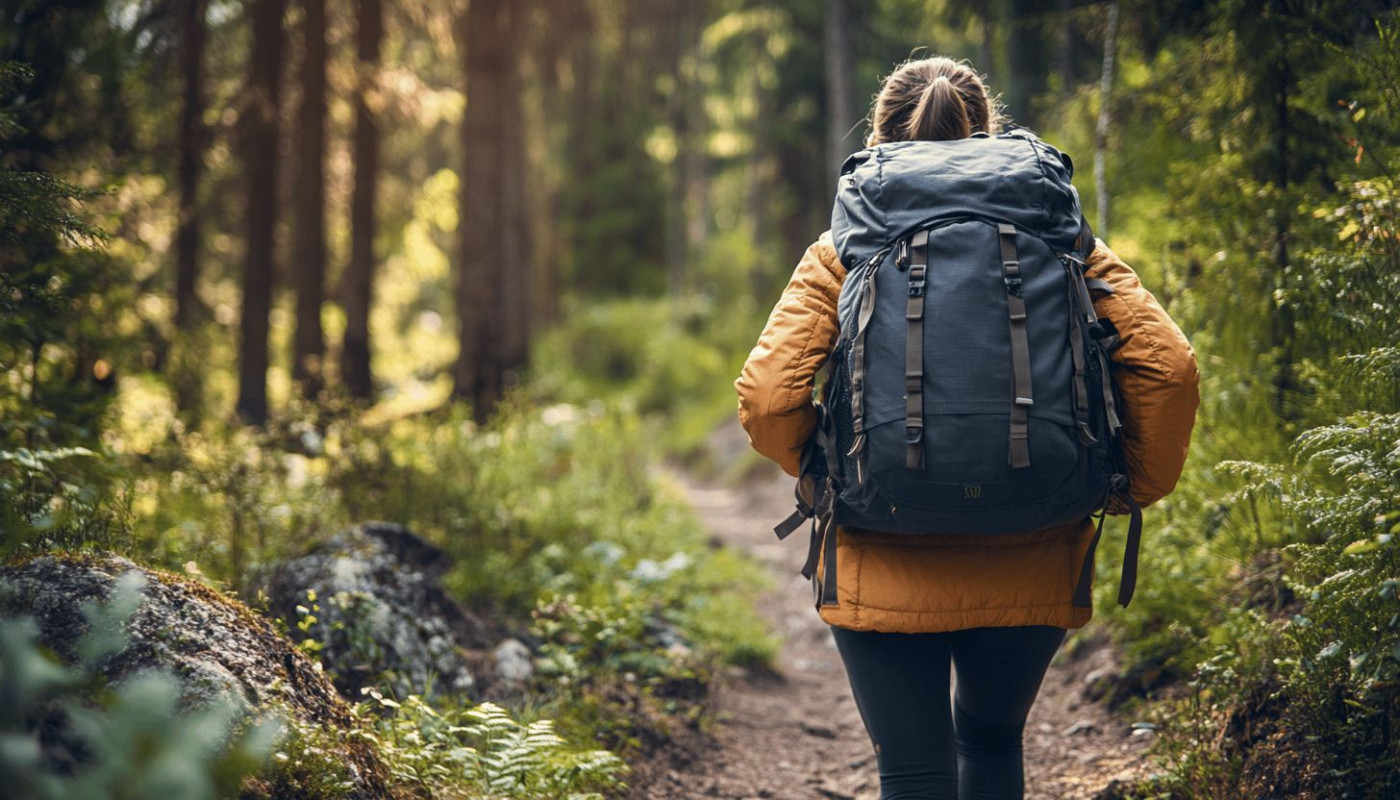Table of contents
When the seasons change, so do the adventures that await. Choosing whether to rent or buy winter and summer sports gear can shape not only your experience but also your budget and storage space. Dive into the following sections to uncover which option aligns best with your activity level, travel plans, and overall lifestyle.
Cost efficiency explained
When examining the cost comparison between rent sports gear and buy sports equipment for both winter and summer activities, several financial factors must be weighed. The upfront investment required to buy sports equipment can be substantial, particularly for high-quality seasonal gear such as skis, snowboards, or specialized bicycles. In contrast, rental options offer budget-friendly alternatives by eliminating the need for a large initial outlay. Additionally, owning equipment brings hidden maintenance expenses, including repairs, storage, and regular servicing, which can accumulate significantly over time. Depreciation further impacts the value of purchased gear, as technological advancements and wear reduce resale potential. The lifespan of equipment and the frequency of use should guide the decision; infrequent users may find renting more economical, as it avoids ongoing costs while still ensuring access to up-to-date seasonal gear. For dedicated athletes or those who participate regularly, investing in sports equipment may offer long-term savings, provided usage offsets depreciation and upkeep. By considering these variables, consumers can identify the most budget-friendly options tailored to their sporting habits.
Convenience and accessibility
Sports gear rental offers significant advantages when it comes to equipment convenience and accessible gear, especially for those who frequently travel for outdoor activities. Renting allows users to pick up gear at various locations, often near popular destinations, which eliminates the hassle of transporting bulky items like skis or snowboards across long distances. This proves especially helpful for last-minute decisions, where flexible options are needed to quickly obtain suitable equipment without prior planning. On the other hand, owning gear may seem appealing but can complicate logistics, particularly when considering airline baggage fees, storage at home, or the need to maintain and upgrade equipment regularly. For travelers seeking travel sports gear without long-term commitments, rental shops provide a streamlined solution. For instance, services that are perfect for skiing such as perfect for skiing in Verbier demonstrate the ease with which visitors can access high-quality gear right at their destination, minimizing both effort and cost. This accessibility supports a spontaneous, flexible approach to outdoor recreation that many enthusiasts appreciate.
Quality and performance factors
When weighing the decision to rent or buy, the impact on gear quality and overall sports performance becomes clear. Renting provides access to high-performance gear, often featuring the latest advancements in modern sports technology. Rental benefits frequently include the option to select from a diverse range of quality sports equipment, making it easy to match the latest models to specific needs or conditions. Certified equipment technicians specializing in sports gear ensure that each item undergoes meticulous calibration and regular equipment maintenance, maintaining optimal safety and efficiency. In contrast, ownership means the user is responsible for upkeep, and over time, personal equipment can become outdated or improperly calibrated, potentially hindering performance. For those seeking peak results and the advantages of evolving gear technology without the stress of continual maintenance, rental solutions stand out as a smart and practical choice.
Space and storage considerations
Choosing between renting or owning sports equipment significantly impacts spatial needs and storage planning, particularly for individuals embracing compact living. Ownership demands dedicated areas for sports gear storage, which can pose challenges for those with restricted home environments. Bulky items such as skis, snowboards, or bikes require careful placement to avoid clutter and damage. For optimal results, integrating modular storage systems maximizes available space while ensuring easy access and equipment safety. Home storage tips include utilizing vertical racks, under-bed containers, and overhead shelving, adapting storage zones to fit each piece of equipment. Transport sports equipment also adds complexity for owners, as secure and clean storage is essential both at home and on the go. In this context, the rental storage advantage becomes evident, as rental providers handle both the safekeeping and seasonal transitions of gear, eliminating the need for extensive home storage solutions. Adopting these strategies makes it easier for enthusiasts to maintain organized and functional living spaces without compromising their passion for sports.
Sustainability and environmental impact
Choosing between renting and buying winter and summer sports gear has significant environmental implications that are increasingly influencing consumer behavior. Renting promotes sustainable sports gear usage by reducing the demand for new products, thereby lowering resource consumption and associated carbon footprint. Rental services often invest in durable, high-quality eco-friendly equipment designed for repeated use, extending each product’s lifecycle and minimizing waste. Many providers also implement green sports practices such as gear recycling and maintenance programs to keep items in circulation longer, further lessening environmental strain. Environmentally conscious options within rental systems, including selecting gear made from recycled or sustainable materials, support a shift toward more responsible recreation. By facilitating shared access rather than individual ownership, rental models help conserve natural resources and encourage an ethos of minimalism and stewardship in outdoor activities. This approach positions rental services as a key player in advancing gear recycling, promoting sustainable sports gear, and reducing the environmental impact of sports equipment overall.
Similar

How Sailing Charters Can Enhance Your Maritime Skills Before Purchase

Exploring The Great Outdoors: How To Plan Your Next Adventure?

Transformative Travel: More Than Just a Holiday

Unlocking the Mysteries of Ice Hotels
![Discovering the tranquility of [Specific Nature Reserve]: a haven for wildlife enthusiasts and hikers](/images/discovering-the-tranquility-of-specific-nature-reserve-a-haven-for-wildlife-enthusiasts-and-hikers.jpeg)
